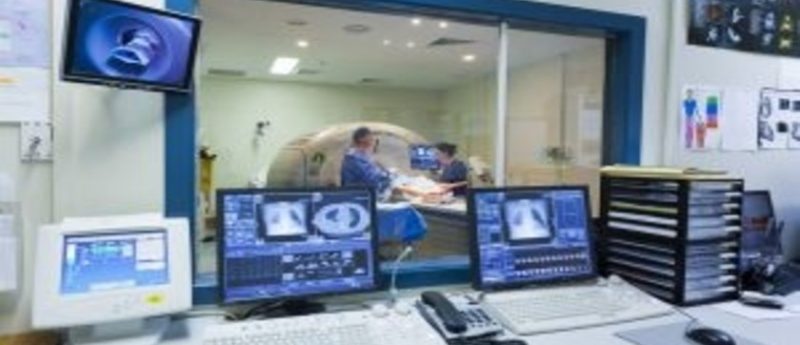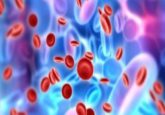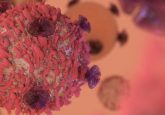Microwave imaging for breast cancer diagnosis could be ‘better, cheaper and safer’

A new microwave imaging system developed by researchers at the University of Calgary (AB, Canada) and Dartmouth College (NH, USA) could provide a better, cheaper and safer way to look for the signs of breast cancer. The system was presented in the most recent issue of Review of Scientific Instruments.
While current diagnostic screening systems such as X-ray computed tomography and mammography can detect early indications of tumors, they are far from ideal. Patients undergoing screening are subjected to ionizing radiation and often discomfort, due to the levels of breast compression that are required to produce diagnostically useful images.
The team responsible for the development of this new imaging system, led by Neil Epstein (University of Calgary), believe that an improved method for breast cancer diagnosis may lie with microwaves.
Microwave imaging utilizes known differences in the ability of cancerous tissue and healthy tissue to conduct electricity or sustain an electric field, in order to identify early signs of breast cancer. The method involves suspending the breast within a liquid bath and surrounding it closely with 16 antennae. With power equating to approximately one one-thousandth of a cell phone, each antenna in turn illuminates the breast with its individual low-power microwave signal, while the remaining 15 antennae receive the signals transmitted through the breast. This process continues for all 16 antennae, resulting in data that can be used to produce a 3D representation of the breast, which will highlight the location of both normal and cancerous tissue.
Epstein explained: “The iterative image reconstruction algorithm computes what the dielectric property distribution must have been to generate the measured signal patterns. It is quite similar to X-ray computed tomography, where the target is radiated from all of the surrounding directions and the data is synthesized to create an image of the internal structures.”
Epstein confirmed that although microwave imaging systems do not yet provide the spatial resolution of current diagnostic systems such as mammography, they offer increased specificity. This specificity means that once tumors are located, it may be easier to identify whether they are benign or malignant without the use of tissue biopsies.
“Researchers are realizing that this lack of specificity is a significant limitation for conventional imaging techniques and are looking for alternative ways to enhance it. Microwave imaging could fill this niche, possibly in combination with other modalities,” concluded Epstein.





